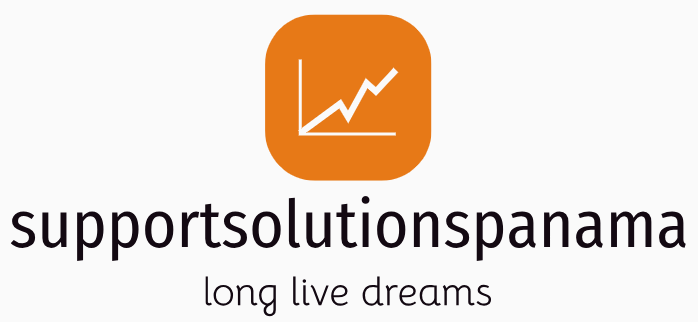HR Software Reporting Unlocking Employee Insights

Understanding the Power of HR Software Reporting
In today’s dynamic business environment, data-driven decision-making is crucial for success. Human Resources (HR) departments are increasingly leveraging the power of HR software reporting to gain valuable insights into their workforce. This move away from gut feeling and anecdotal evidence towards data-backed strategies allows HR to optimize processes, improve employee experiences, and contribute significantly to the overall organizational performance. The ability to analyze trends, identify areas for improvement, and measure the impact of HR initiatives is transforming how HR professionals operate.
Tracking Key Performance Indicators (KPIs) for Strategic Decision-Making
HR software offers a centralized platform for tracking and analyzing various Key Performance Indicators (KPIs). These metrics can range from employee turnover rates and recruitment costs to employee satisfaction scores and training completion rates. By monitoring these KPIs, HR leaders can identify patterns and trends that might otherwise go unnoticed. For instance, a sudden spike in employee turnover in a specific department could highlight a need for improved management training or a review of compensation packages. This proactive approach enables HR to address potential problems before they escalate, minimizing negative impacts on productivity and morale.
Analyzing Employee Turnover and Identifying Root Causes
High employee turnover can be costly and disruptive. HR software can help pinpoint the reasons behind employee departures. By analyzing exit interview data, performance reviews, and other relevant information, HR can identify recurring themes and potential issues contributing to attrition. For example, consistently negative feedback about a particular manager or a lack of opportunities for professional development might be highlighted. This data-driven understanding allows for targeted interventions, such as improved management training, enhanced career development programs, or adjustments to compensation and benefits.
Improving Recruitment and Selection Processes with Data-Driven Insights
The recruitment process can be significantly improved with data analytics provided by HR software. By analyzing the effectiveness of different recruitment channels, HR can optimize their sourcing strategies. For example, if a particular job board consistently yields higher-quality candidates, HR can allocate more resources to that platform. Similarly, data on time-to-hire can identify bottlenecks in the hiring process, allowing for streamlining and improvements to efficiency. This data-driven approach ensures a more effective and cost-efficient recruitment process.
Enhancing Employee Engagement and Satisfaction Through Data Analysis
Employee engagement and satisfaction are critical for organizational success. HR software can track employee feedback from surveys, performance reviews, and other sources to identify areas for improvement. By analyzing this data, HR can understand what factors contribute to high engagement and satisfaction and address areas where employees feel disengaged or dissatisfied. This might involve implementing new employee recognition programs, enhancing communication channels, or creating more opportunities for professional development. The result is a more engaged and motivated workforce.
Measuring the Effectiveness of HR Initiatives and Programs
HR software enables HR professionals to measure the impact of their initiatives and programs. For example, by tracking participation rates and employee feedback, HR can assess the effectiveness of a new training program. Similarly, the impact of a new wellness program can be measured by analyzing employee absenteeism rates and healthcare costs. This data-driven approach allows HR to demonstrate the value of their contributions to the organization and justify resource allocation for future initiatives.
Predictive Analytics and Future Workforce Planning
Some advanced HR software platforms incorporate predictive analytics capabilities. These tools can forecast future workforce needs based on historical data and projected business growth. This allows HR to proactively plan for recruitment, training, and other initiatives to ensure the organization has the right talent in place at the right time. This proactive approach minimizes potential workforce shortages and ensures that the organization is well-positioned for future success. Understanding future trends helps HR plan strategically, not reactively.
Ensuring Data Security and Privacy Compliance
It is crucial to remember that the use of HR software involves handling sensitive employee data. Therefore, choosing a platform that prioritizes data security and privacy compliance is essential. HR professionals should ensure that the chosen software complies with all relevant data protection regulations and that appropriate measures are in place to protect employee information from unauthorized access or disclosure. Data security and ethical considerations must always be at the forefront of any HR software implementation.



![Discover the Future of [Product Category] Discover the Future of [Product Category]](https://images.unsplash.com/photo-1700104494865-200e961d942c?fm=jpg&q=60&w=3000&ixlib=rb-4.1.0&ixid=M3wxMjA3fDB8MHxzZWFyY2h8OXx8cHJvZHVjdCUyMGxhdW5jaCUyMG1hcmtldGluZyUyMGNhbXBhaWdufGVufDB8MHwwfHx8Mg%3D%3D)






